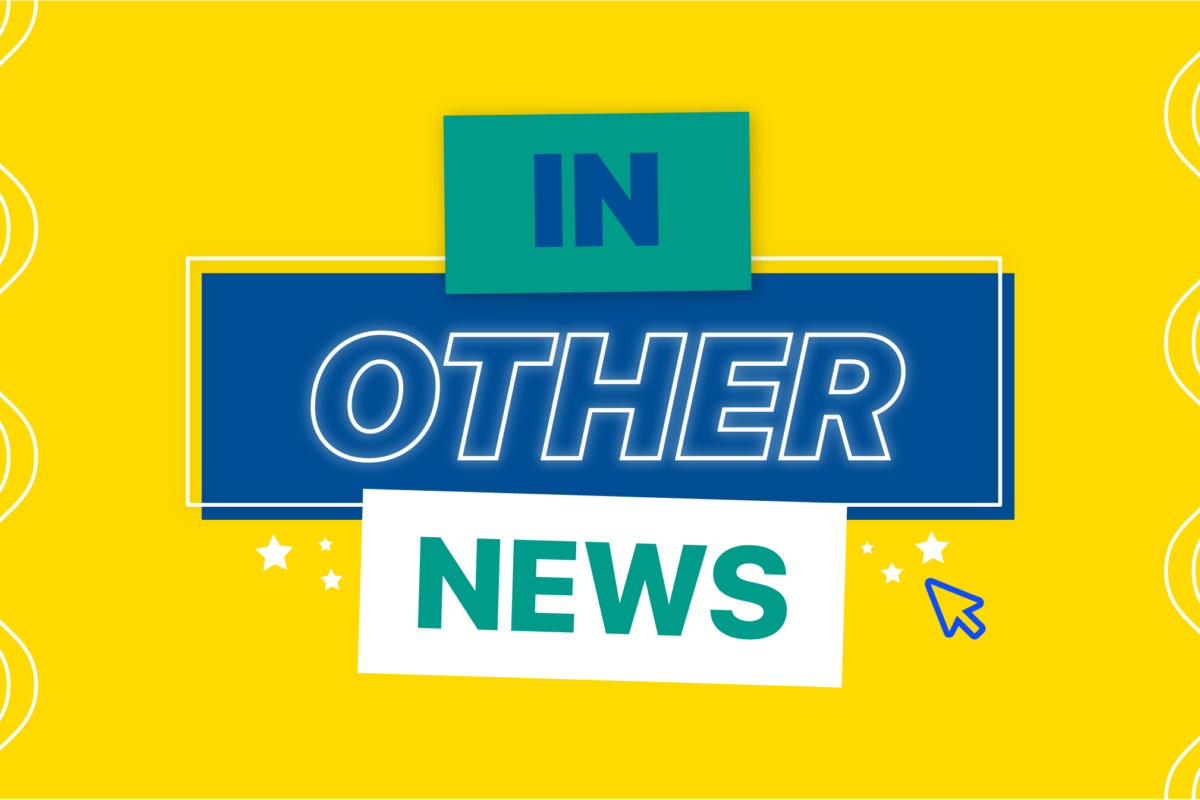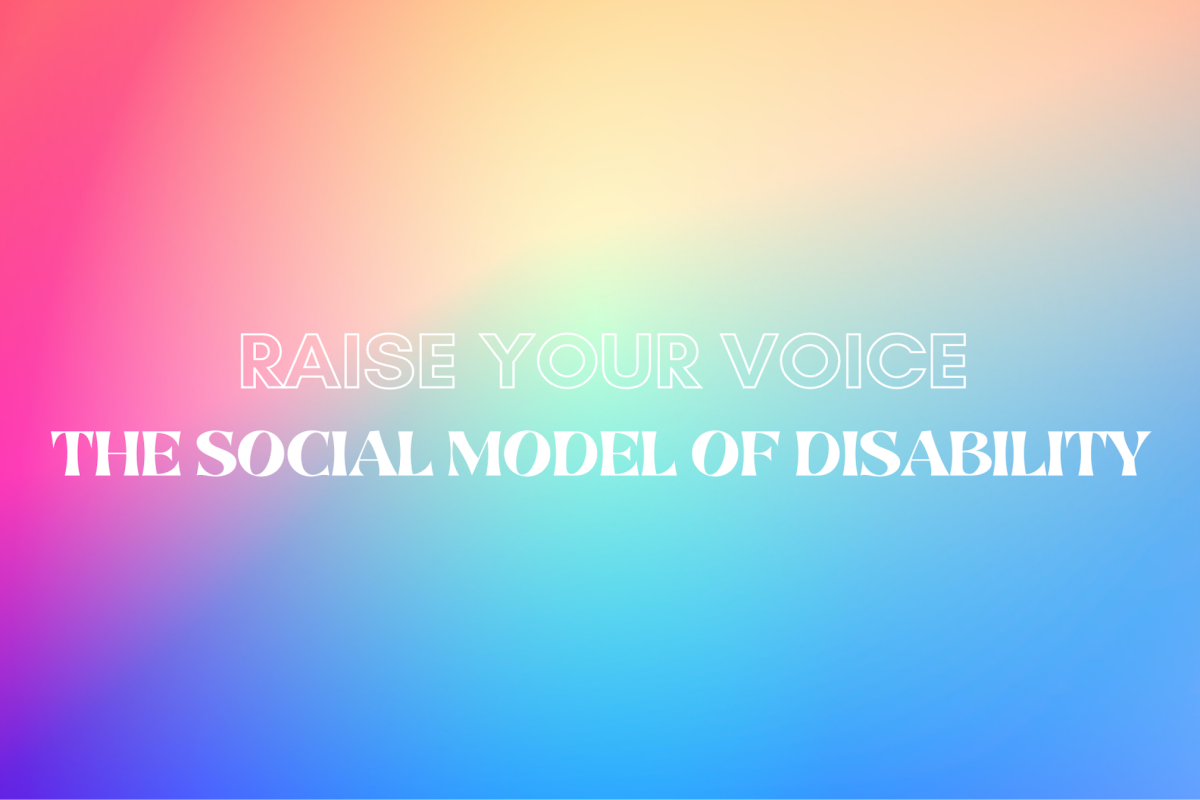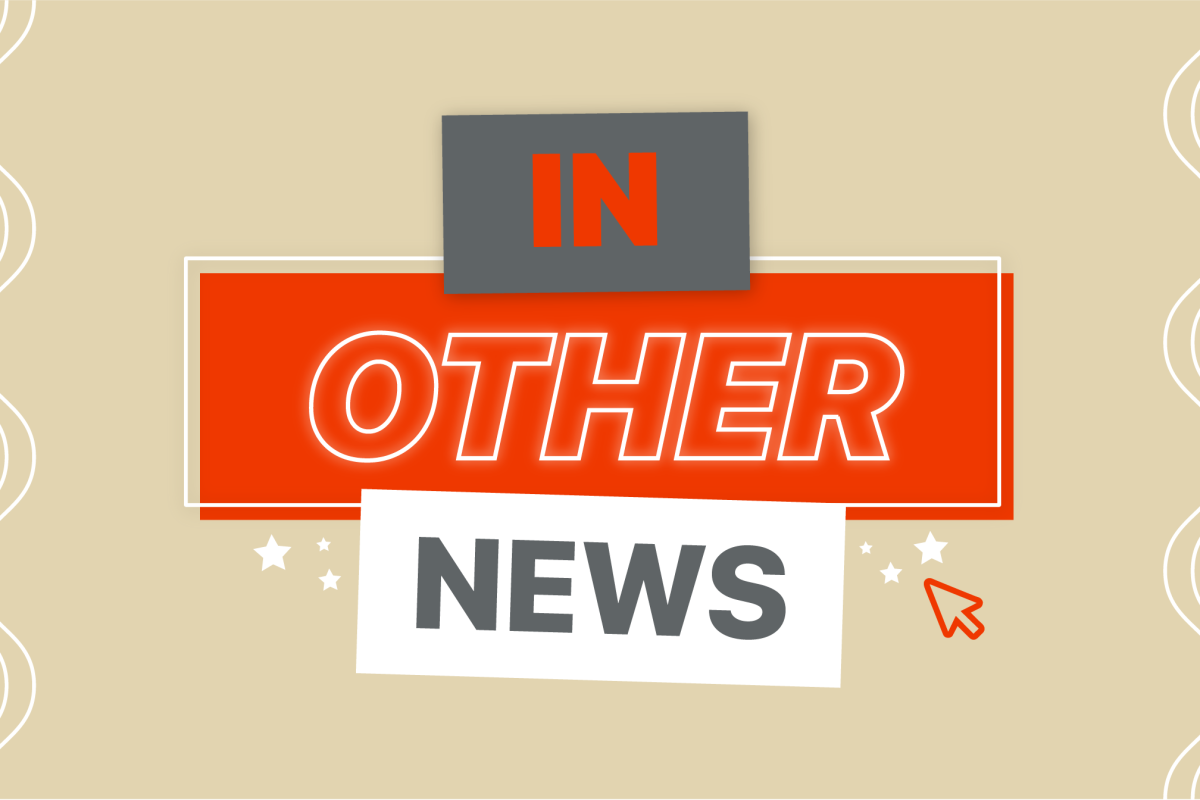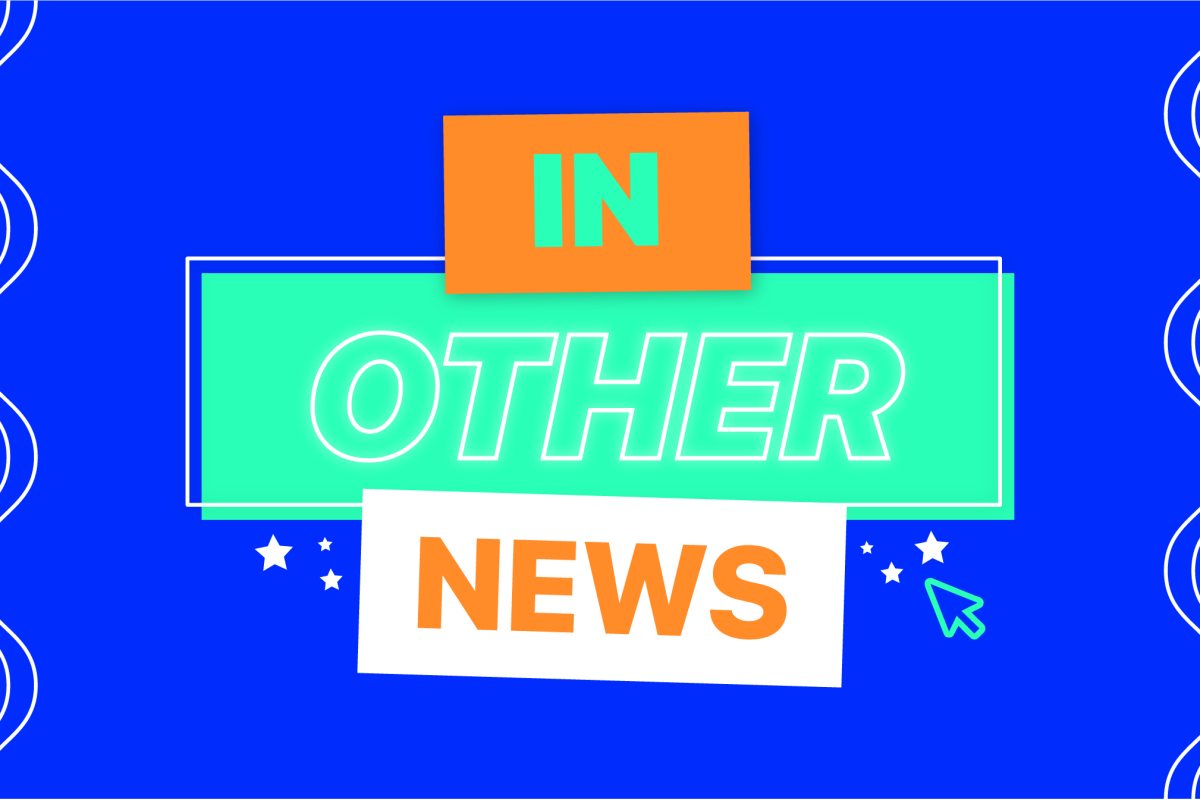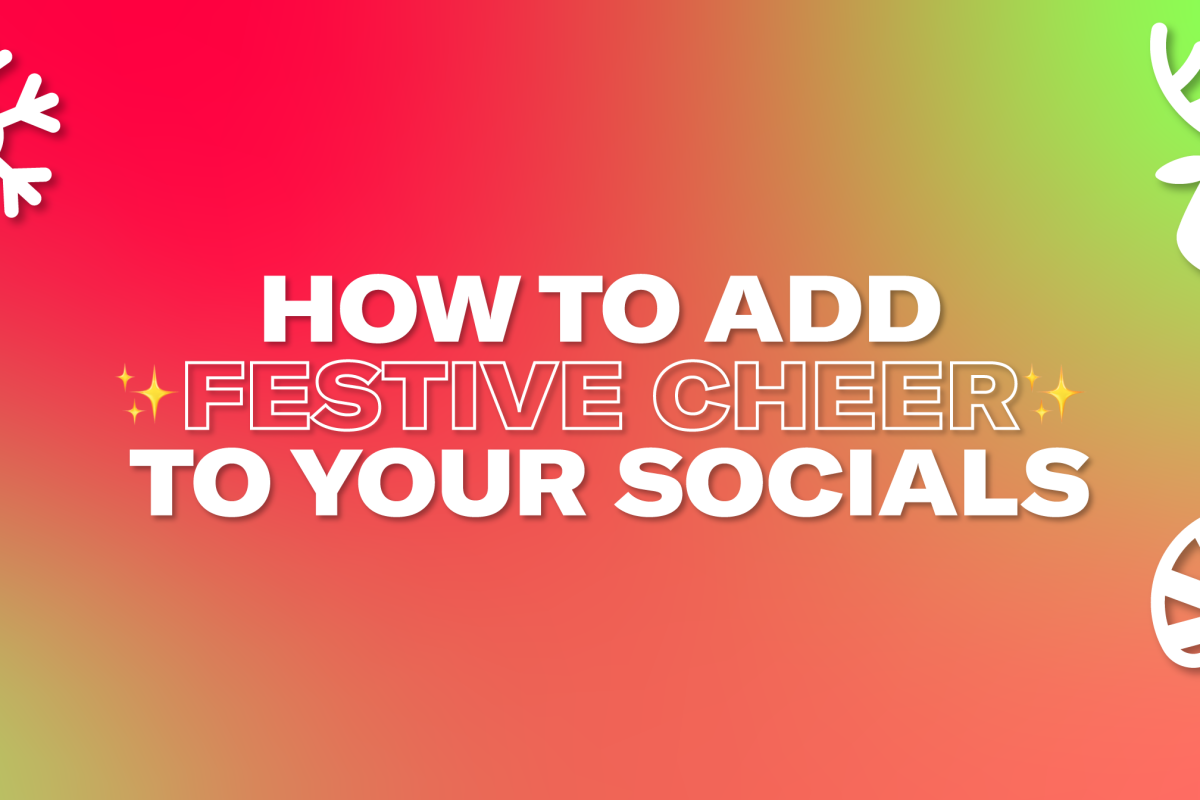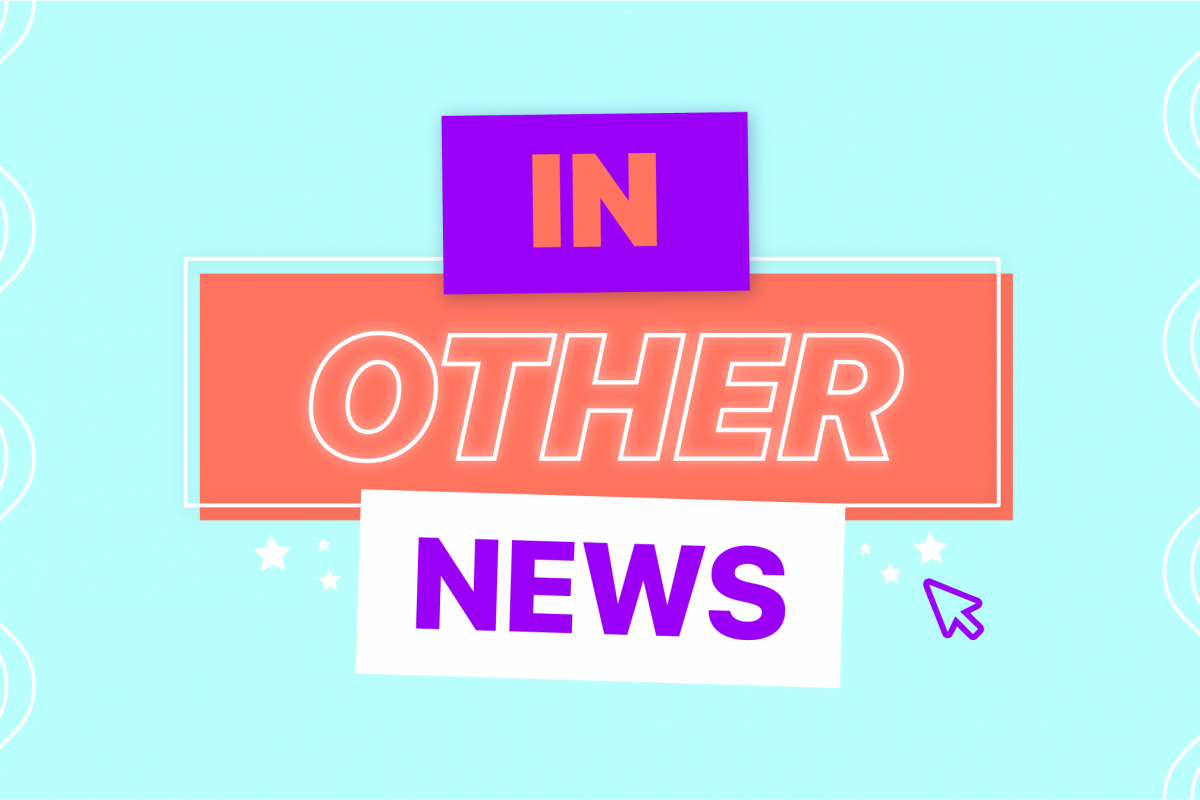Awright! I’m Gra, PFM’s Digital Designer, and a disabled creative. On the 9th of February, I gave a talk and chaired a discussion about the social model of disability as the first in a monthly series where PFM-ers talk about the things they care about.
The Medical Model and Social Model of Disability
A disability is “perceived impairments of an individual’s body, emotions, and mind”. Disabilities are defined as “conditions that affect a person’s physical or mental capacity or mobility”.
There are two main approaches to framing disability in society: the medical model centres the person as the problem, whereas the social model argues that barriers put up by society create a “disabling environment” which perpetuates difficulties that they may face.
For example, while the medical model states that a person with dexterity or strength issues will struggle with opening heavy doors, the social model posits that this is evidence of the “disabling environment”, and that greater accessibility brought by automatic doors will allow that same person to thrive (relatively speaking).
A History Lesson! (in brief…sorta)
The social model came about as a result of a group of disability rights advocates inspired by the Civil Rights Movement. In the ‘60s and ‘70s, groups like the Union of the Physically Impaired Against Segregation (UPIAS) began to observe their own experiences with a new lens, questioning their relationship with society and its assumptions about their experience.
A “disabling environment”
The idea of a “disabling environment” can be tough to get your head around when you don’t experience it. It manifests in a couple ways…
Environmental Barriers
When you look at the built environment with the social model in mind, it’s much easier to see that (by-and-large) provisions are lacking. The world is built with the majority in mind and provisions are often seen as going above-and-beyond.
Imagine a museum, or just about any building built prior to the ‘80s. You’ve probably been in dozens of them, but we’ll go with a museum because museums are class. It’s much easier to see where provisions may be lacking.
A physically disabled person approaches the Imaginary Museum and sees that it doesn’t have an accessible entrance: there are no ramps, no handrails, no lifts – nada. And so they’re left with no recourse but to miss the opportunity to see the treasures of antiquity or something.
A cognitively impaired person manages to get in the door, which is great! However, they notice that there isn’t adequate signage. There are no maps, the museum is loud, and they’re left with trouble trying to navigate the space.
A blind or partially sighted person gets in, but there’s no braille signage – and no audio description service available.
These are just a few examples considering the social model, and I’m sure you can think of many yourself. Next time you’re out and about, think about how the space may present a “disabling environment”.
Social Barriers and Attitudes
Social factors play a big part too. As they say, “hell is other people”. People’s attitudes towards the disabled are, for lack of a better word, shi- umm…guff. Apathy, ignorance and outright hostility run deep – it seems bananas, but it’s not hard to spot when you look.
Imagine someone who’s a prat, any prat. You’ve probably met dozens of them this week alone, and we can easily imagine where their mindset may suck.
They’ve had relatively few interactions with the physically disabled and have a big empathy gap. When they hear about provisions being made at the Imaginary Museum from before, they complain. They say that building work makes the space less accessible to them (I know right – irony!) and that the addition of an accessible entrance ruins the facade of a building they’ve never previously cared about. It’s not even a real building! You’re imagining it right now!
They’ve had even less actual interaction with cognitively impaired people, but when they do, they talk about the person being “difficult” and wonder out loud “where is their carer?”.
They get into an online debate on Twitter – well known to be the best way to resolve society’s ills – with a Deaf or hard of hearing person, arguing that learning BSL in schools throttles budgets and wastes time that kids could spend learning some other thing – trigonometry maybe? Let’s say trigonometry, everyone hates trigonometry.
A “normal life”
Many disabled people will contend at some point in their lives with the idea that a normal life may be unobtainable to them. They’ll be resigned to making their peace with a limiting environment and limiting approaches. This has knock-on effects for us all.
Disabled people face a higher occurrence of depression, anxiety, and substance use disorder, among other “co-occuring disorders”.
If someone is physically disabled, they may come to accept their lack of ability to participate in activities that shouldn’t be impacted. There’s no reason that they can’t go to the Imaginary Museum and appreciate all the rusty bits of axes and the like. The same for a partially sighted person.
A person with a cognitive impairment may come to understand that without adequate provisions, they may never be able to have a career, while being castigated for their perceived “unwillingness/inability to contribute”.
What can we do?
I appreciate that this has all been a bit fraught – it’s frustrating. Everyone deserves the opportunity to thrive and live their life in the manner that they’d like to. But don’t worry! You’ve already done something important.
Just by reading this far, you’ve done just a wee bit of self-education. You’re an advocate, I declare it. And I really appreciate you taking your time. Unless you skipped to this bit – then go back up and read the flippin’ thing, it’s only NINE HUNDRED WORDS? How did I write that much? It’s still not very much – get on it and meet me back down here where you’re officially declared a ✨superstar ✨.
If, for some reason, you’d like to chat to me after having read that then shoot me an email at [email protected] – I’m always about to talk about inclusion and advocacy.
